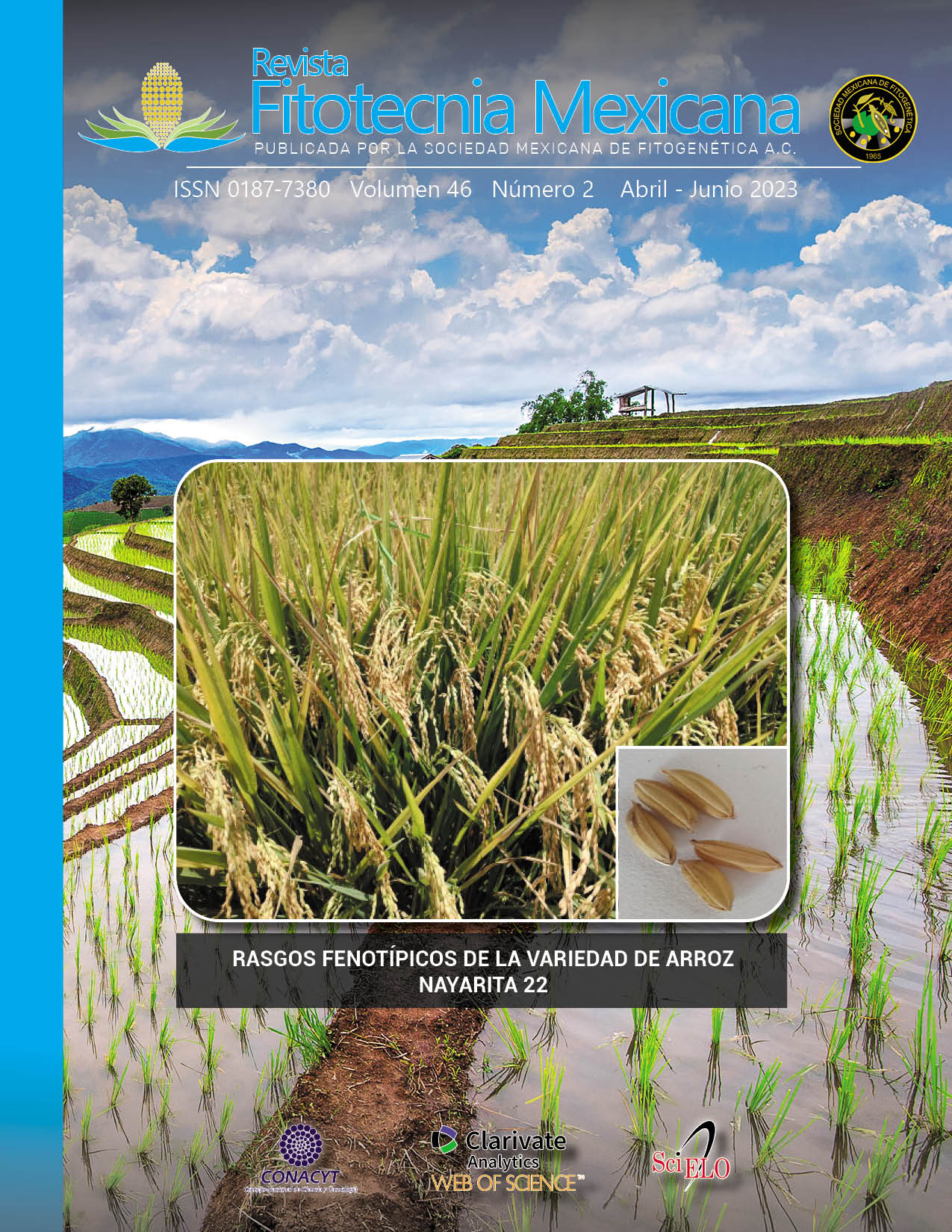BIOLOGICAL DIVERSITY OF THE MILPA SYSTEM AND ITS ROLE IN FOOD SECURITY IN THE SIERRA MIXE, OAXACA
Main Article Content
Abstract
The milpa is considered an important source of biological diversity, due to the close relationship of the species that make up the system and the anthropocentric interests of the cultures; therefore, the objective of this research was to document the factors that influence the number of associated and intercropped species in the milpa system, and aspects related to the consumption, purchase, and duration of staple grains. Interviews were applied to 60 producers in five locations in the Sierra Mixe of Oaxaca in 2021. The results revealed significant relationships (P ≤ 0.05, χ2 test) in the number of species interacting in the milpa system influenced by climate, milpa type and its management. The consumption, duration and annual purchase of staple grains showed a significant relationship (P ≤ 0.05, χ2 test), with respect to the family structure, local consumption habits and the supply of food obtained from the milpa system. The variables with the greatest descriptive weight were number of quelites, intercropping, and the amount of maize and beans involved. In the studied region, two milpa systems were identified, the traditional milpa and the milpa intercropped with fruit trees (MIAF); with three different types of management: indigenous, traditional and conventional.

